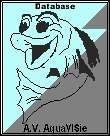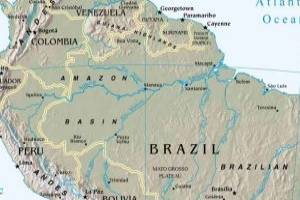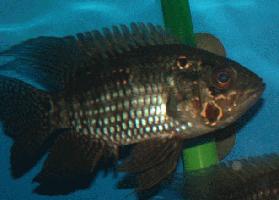 |
Acaronia nassa |
 |
||||||||||||||||||||||
|
|
|
|||||||||||||||||||||||
| Explanation of the symbols | ||||||||||||||||||||||||
|
|
|
|||||||||||||||||||||||
|
||||||||||||||||||||||||
|
When there is enough room en enough caves the fish leave
each other. The tank should be setup with rocks and
driftwood. Plenty of cover is needed in the tank.
Sufficiently free swimming
space must be left. You can use plants for decoration.
Don't keep it alongside other, too small fish, because they
have a big mouth and they will eat it. The fish is a predator that feeds on aquatic insect larvae and small fishes. After a while they accept dry pallets, flakes and frozen food. Breeding is not easy. Almost 1000 eggs are laid in a cave. They hatch after 3-4 days and 4 days later they swim free. The first 2-3 days the young eat microworms and then newly-hatched brine shrimp. |
||||||||||||||||||||||||
|
|
||||||||||||||||||||||||
|
Ariel Bornstein |
|
|||||||||||||||||||||||
 |
||||||||||||||||||||||||
|
Copyright ©AV AquaVISie. All rights reserved. |
||||||||||||||||||||||||
